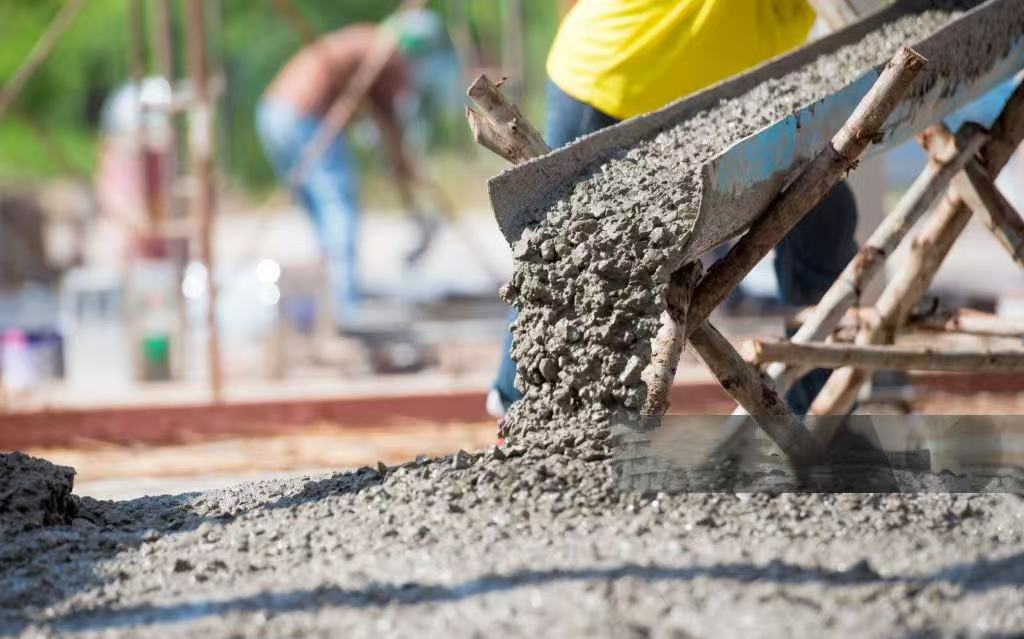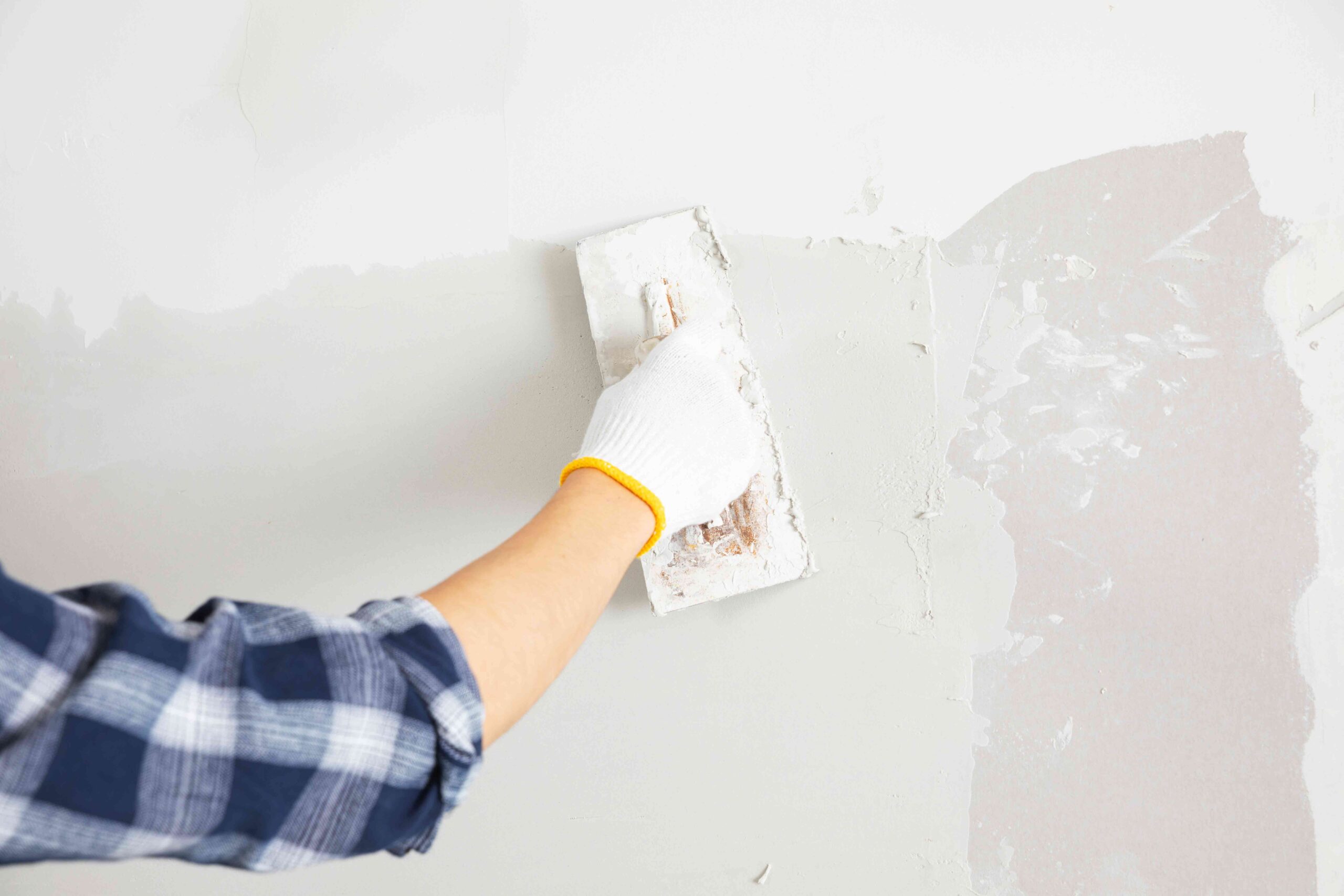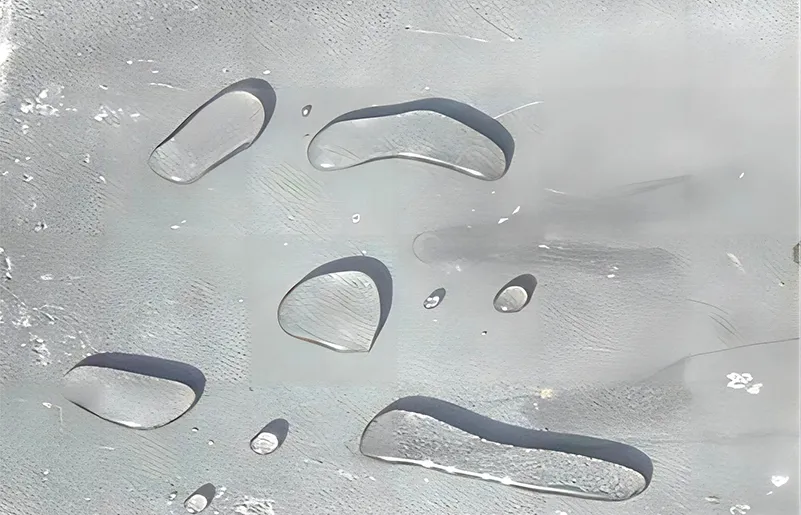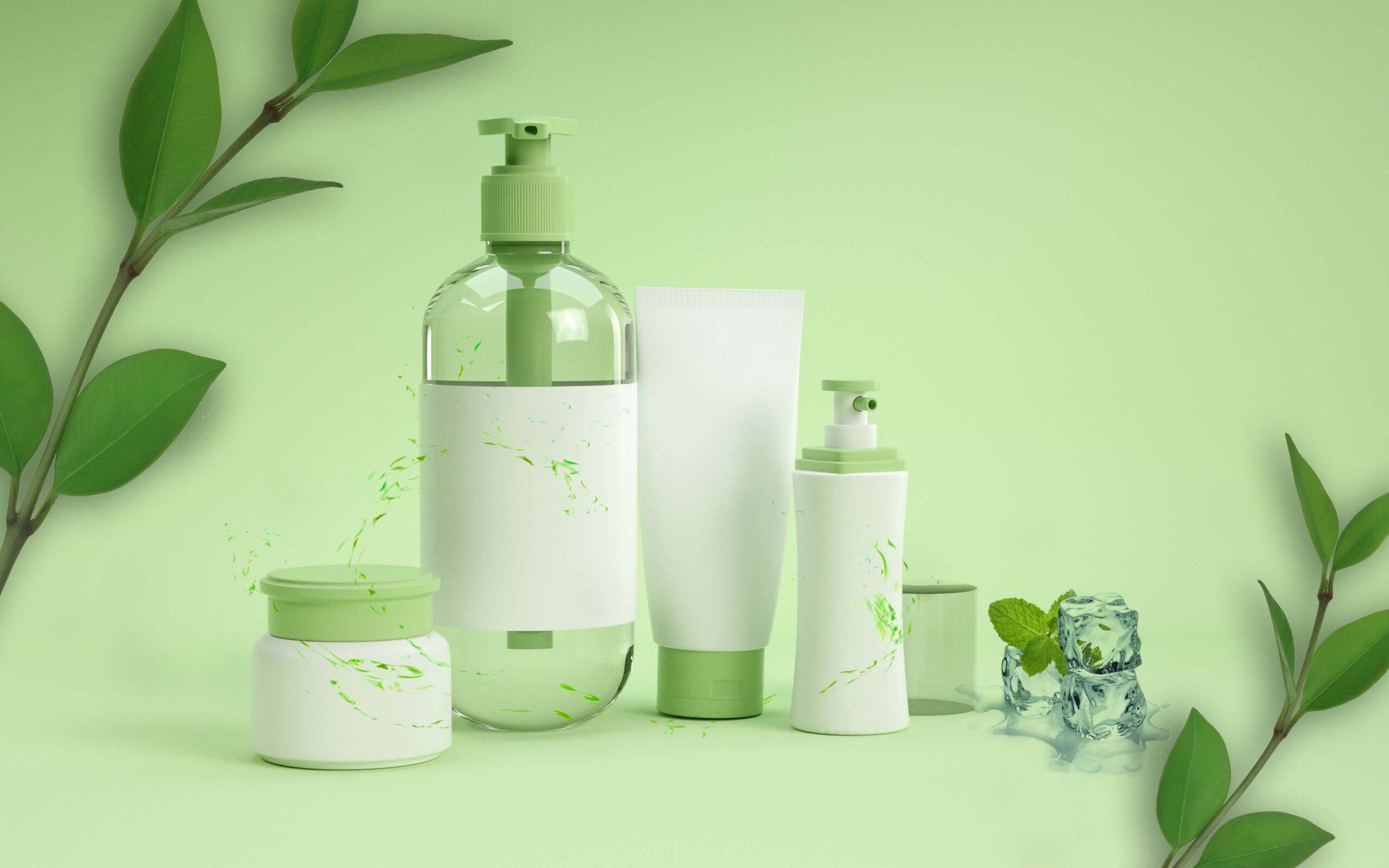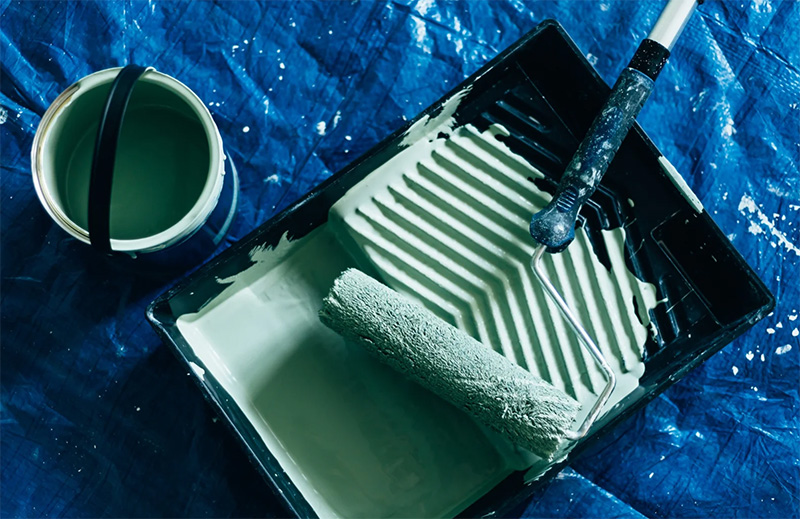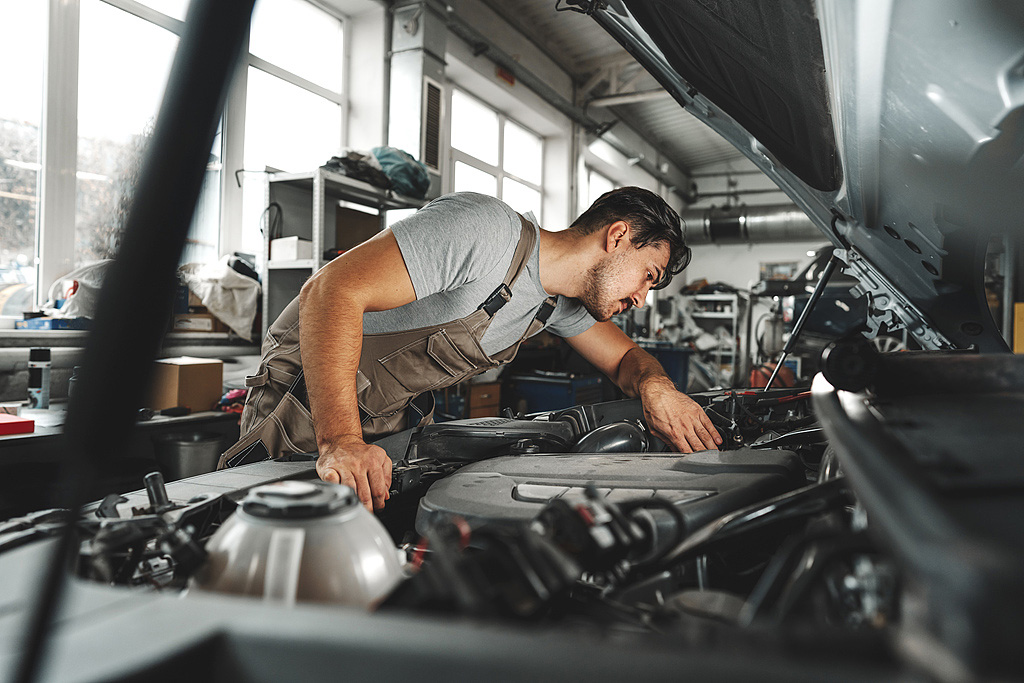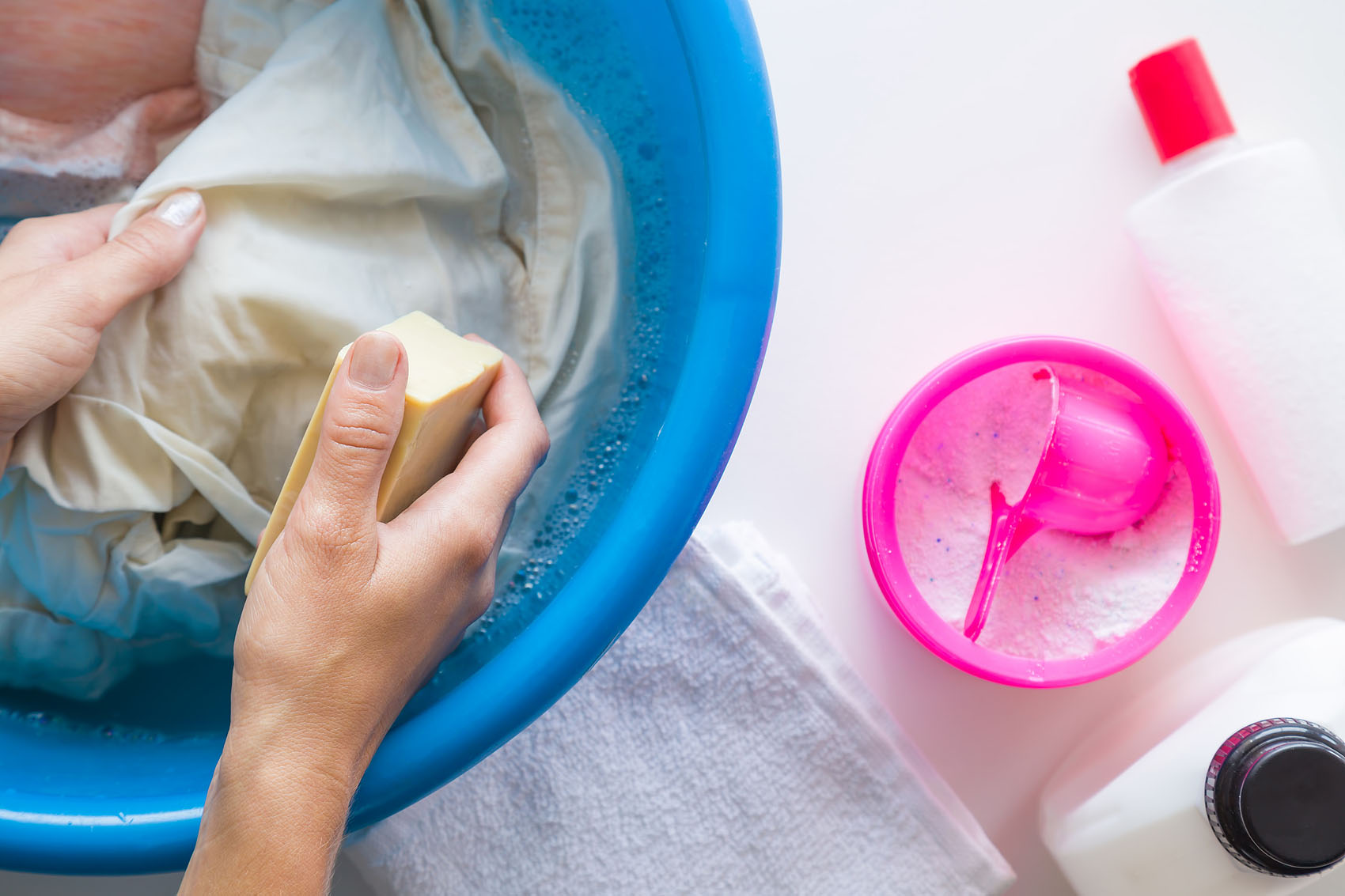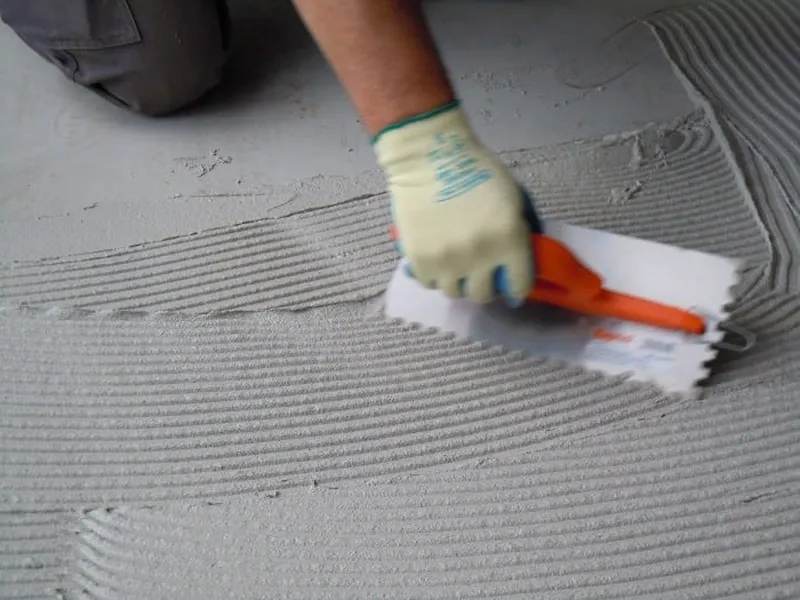
This article explains waterproof mortar and reveals how specialized additives dramatically enhance its water resistance, adhesion, flexibility, and durability. Discover how the right formulation creates impervious barriers for pools, showers, foundations, and more. Read on to unlock the secrets of truly effective waterproofing.
I. Waterproof Mortar: Everything You Should Know
1. Is Mortar Waterproof?
Standard cement mortar, on its own, is porous and susceptible to water penetration. While it offers some resistance, it is not inherently waterproof. Water can seep through capillary action and micro-cracks, leading to the problems mentioned earlier.
Waterproof mortar, however, is specifically engineered – often through specialized formulations and high-quality waterproof mortar additive – to significantly reduce permeability and actively resist water ingress under pressure.
2. Basic Formulation of Waterproof Mortar
Cement
The primary binder (Portland cement is common).
Specially Graded Aggregates
Fine sands chosen for optimal particle packing to reduce voids.
Water
Precisely controlled for proper hydration and workability.
Critical Waterproof Mortar Additive
This is where true waterproofing performance is unlocked:
Enhances water retention for complete cement hydration, and improves workability, adhesion, and sag resistance – crucial for vertical applications like tanking or waterproof mortar for shower walls.
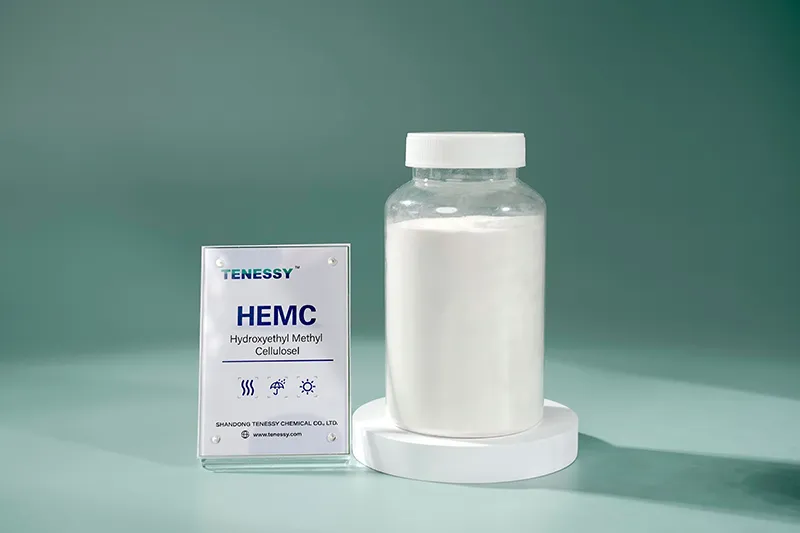
Forms a flexible, hydrophobic polymer film within the mortar matrix upon curing. This dramatically improves adhesion, flexibility, cohesion, and intrinsic water resistance.
Deliver high water reduction without sacrificing workability. This results in a denser, less porous mortar structure with significantly lower permeability. Essential for achieving high-strength, low-porosity mixes needed for demanding applications like waterproof mortar for pools.
II. How to Apply Waterproof Mortar: Key Steps for applying
Proper application is just as critical as the formulation for achieving a reliable waterproof barrier:
1. Surface Preparation
This is paramount. The substrate must be sound, clean, and free of dust, laitance, oil, grease, loose particles, and any coatings that prevent adhesion. Profiling is often necessary to ensure a good mechanical key.
2. Mixing
Strictly follow the manufacturer’s instructions for the waterproof mortar mix. Use clean water and a slow-speed drill with a paddle mixer. Mix thoroughly to achieve a homogeneous, lump-free consistency. Avoid over-mixing or adding excess water, as this dilutes the waterproof mortar additive and weakens the mortar.
3. Application
Apply the waterproof mortar using a trowel, brush, or spray equipment, as specified, typically in two coats.
First Coat: Apply a thin bonding coat, pressing the material firmly into the substrate.
Second Coat: Apply the main waterproofing layer to the specified thickness (usually 3-6mm). Work methodically, ensuring full coverage without gaps or thin spots. Maintain consistent thickness.
For corners and details, use reinforcing fabric embedded in the mortar. Apply the second coat while the first is still tacky to ensure monolithic bonding. Avoid cold joints.
4. Finishing & Curing
Trowel smooth as required. Proper curing is essential for strength development and reduced cracking. Protect the applied waterproof mortar from rapid drying by misting it with water and covering it with plastic sheeting or damp burlap for several days (typically 3-7 days). Follow the specific product’s curing instructions.
III. Applications of Waterproof Mortar
The versatility of high-quality waterproof mortar makes it suitable for numerous critical applications:
1. Swimming Pools and Water Tanks
Waterproof mortar for pools is essential for lining the interior surfaces, and resisting constant hydrostatic pressure and chemical exposure.
2. Showers and Wet Rooms
Waterproof mortar for shower areas, floors, and walls provides the primary waterproofing layer beneath tiles or other finishes, preventing leaks into substructures.
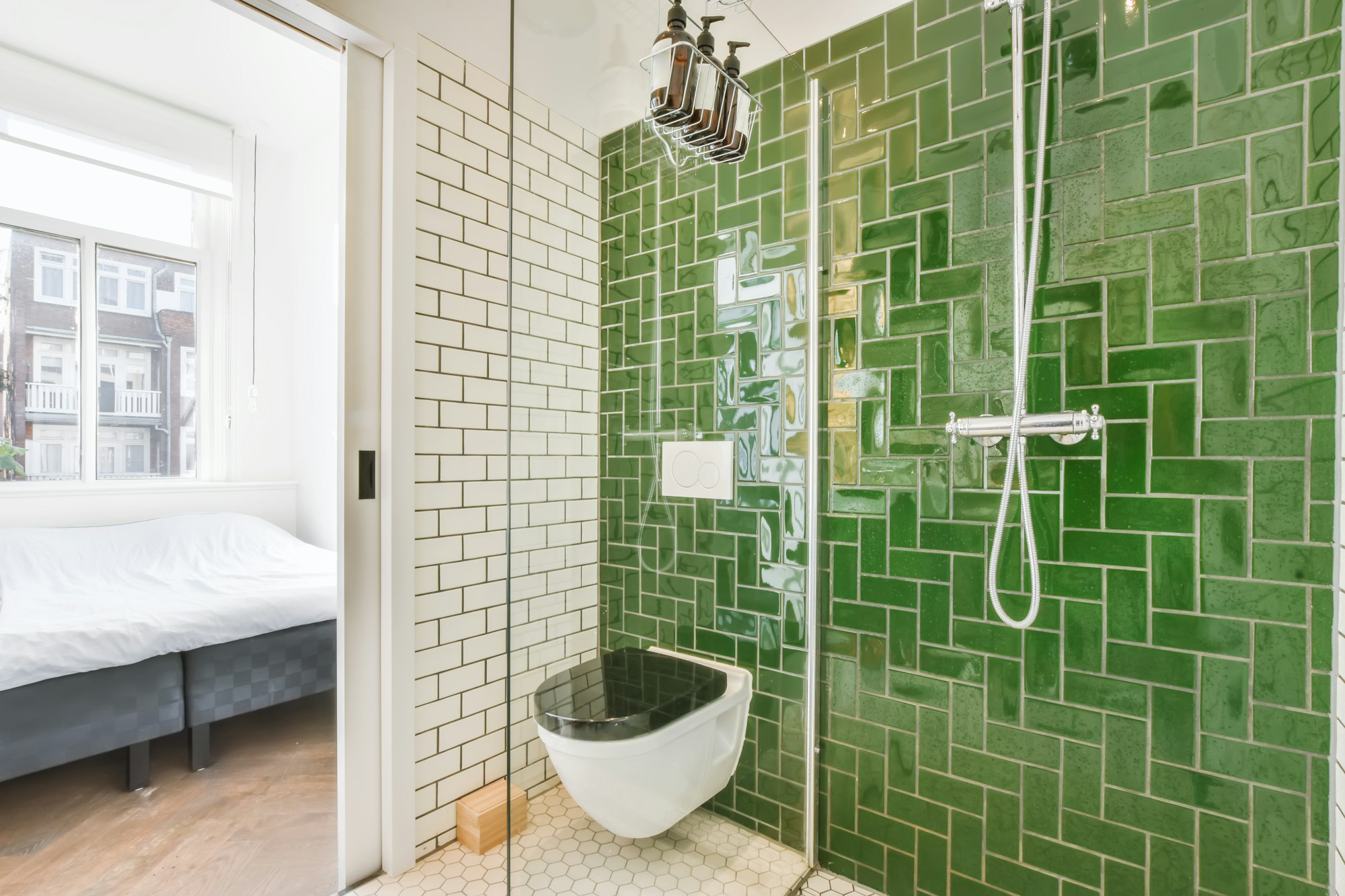
3. Underground Structures
Waterproof mortar protects underground structures like foundations, basements, and retaining walls from damaging groundwater ingress.
4. Bridges and Marine Structures
Waterproof mortar resists constant water exposure and harsh freeze-thaw cycles on bridges and marine structures.
5. Balconies and Terraces
Waterproof mortar creates a reliable waterproofing layer beneath decking or pavers on balconies and terraces.
IV. Conclusion
Waterproof mortar is a necessity for protecting structures from the pervasive damage caused by water. Achieving truly reliable waterproofing requires more than just cement and sand. It demands the integration of high-performance Waterproof Mortar additive that fundamentally enhance the mortar’s properties: reducing porosity, improving adhesion, providing flexibility, and imparting active water resistance. Components like Hydroxypropyl Methyl Cellulose (HPMC), Redispersible Polymer Powder (RDP), and PCE Superplasticizers transform ordinary mixes into durable, flexible, and impermeable barriers.
Choose excellence in waterproofing. Contact us today to request your free sample and discover how our waterproof mortar additives elevate your mortar’s performance.


